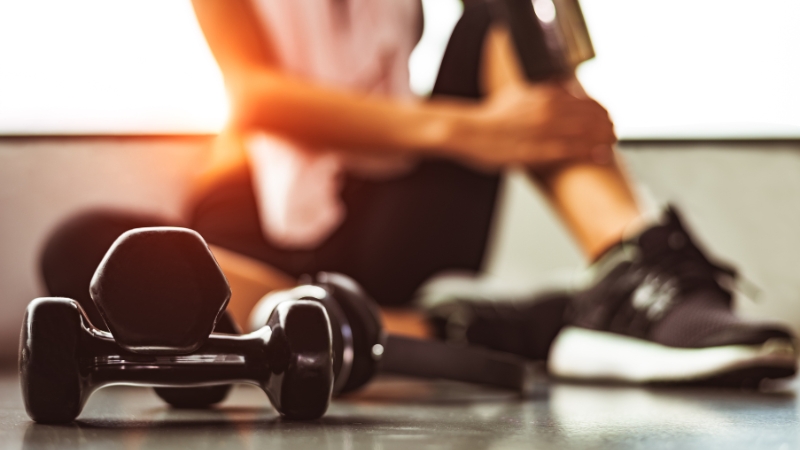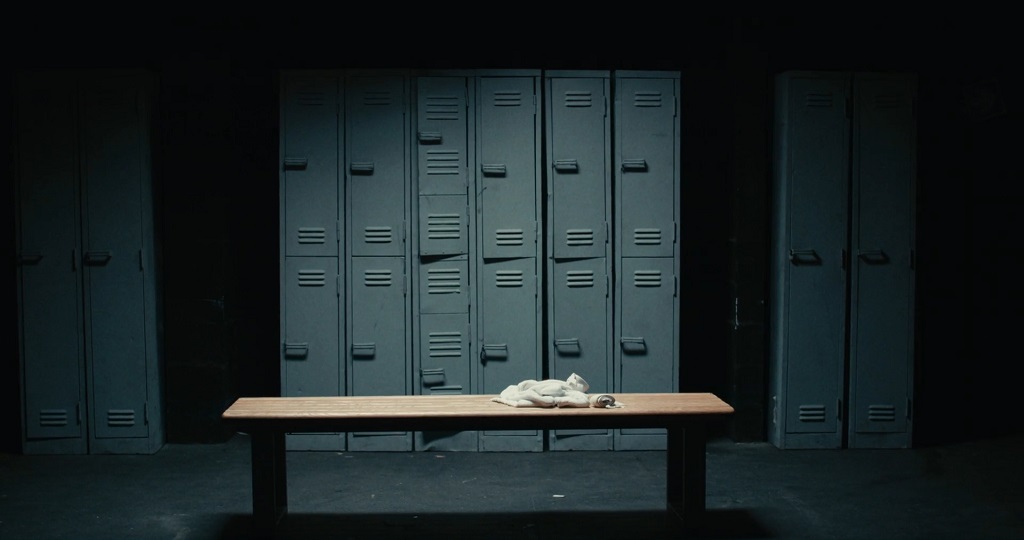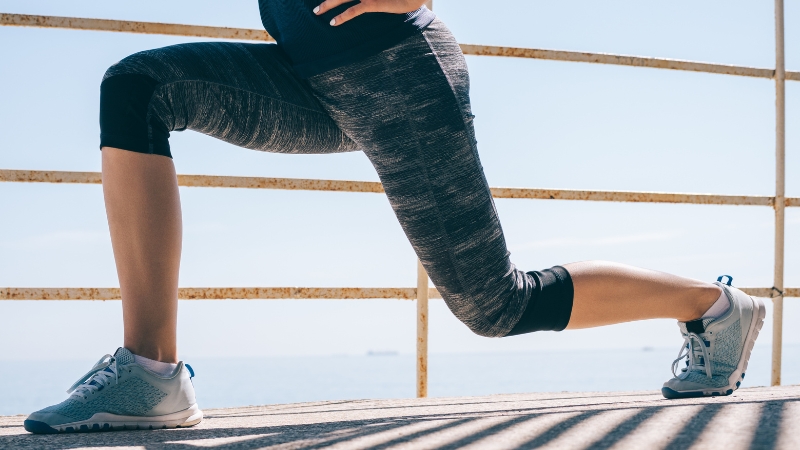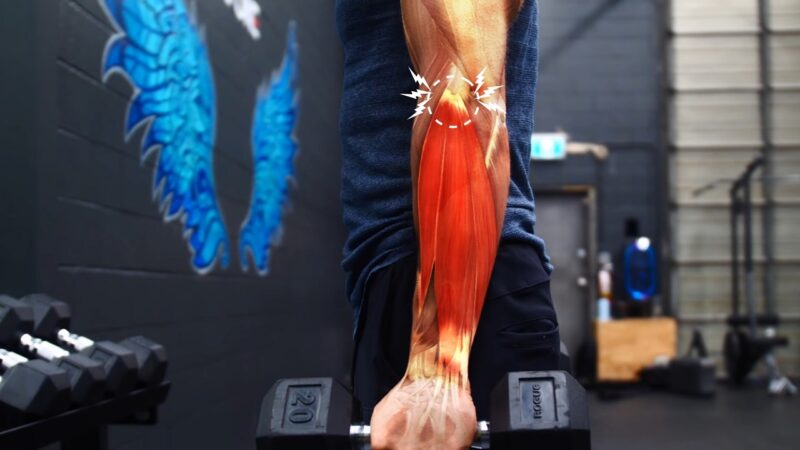
Share Post:
Working out should make you feel strong, not leave you wincing in pain every time you move your arm. But if your elbow is giving you trouble in the middle of a session, you’re not alone.
That annoying, sometimes sharp discomfort can creep in unexpectedly, making simple movements—like pressing, curling, or even gripping—a struggle.
Elbow pain can sideline even the most dedicated lifters, athletes, and fitness enthusiasts. So, let’s break it down: what’s causing that irritation, and more importantly, how do you fix it?
Table of Contents
ToggleCommon Causes of Elbow Pain During Workouts
Elbow discomfort can stem from different issues, often related to overuse, improper technique, or an underlying injury. Here are some of the most common culprits:
1. Tendonitis (Tennis Elbow & Golfer’s Elbow)
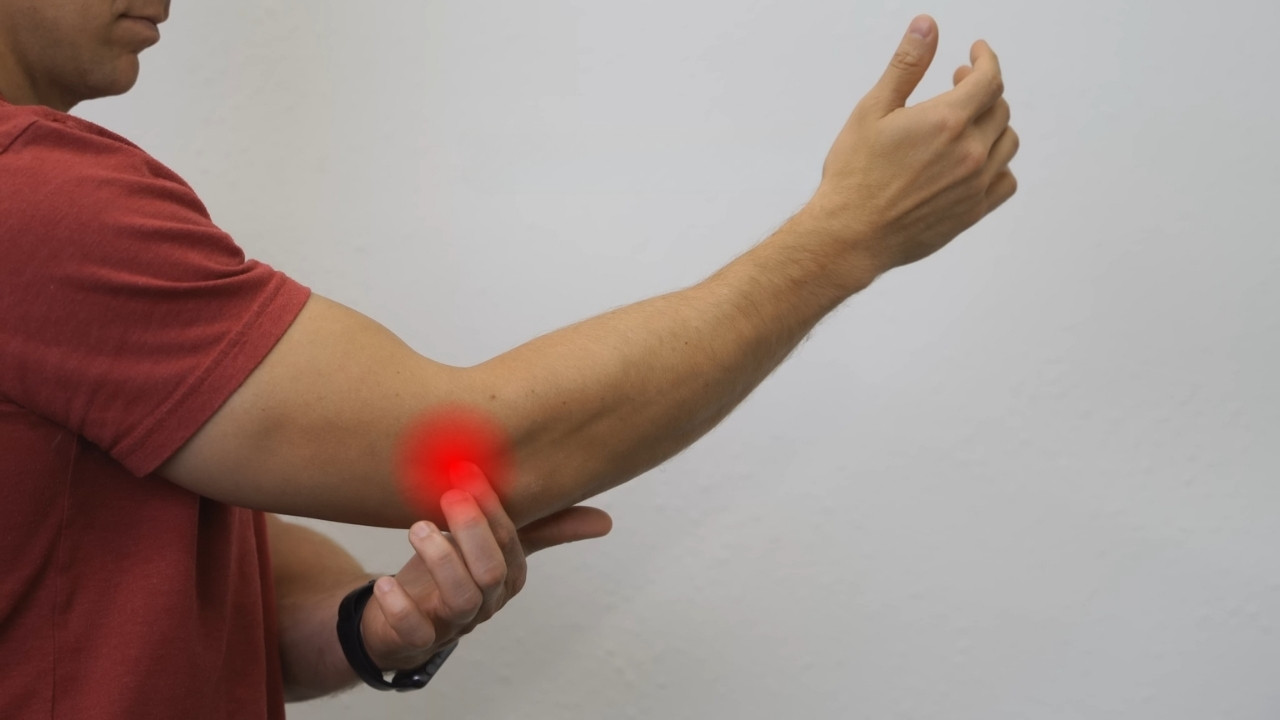
Tendonitis is one of the leading causes of elbow pain, especially for those who regularly lift weights. It occurs when the tendons around the elbow become inflamed due to repetitive strain.
- Tennis elbow (lateral epicondylitis) affects the tendons on the outer part of the elbow. It’s common among those who frequently perform wrist extensions (like backhand swings in tennis, hence the name) or gripping exercises.
- Golfer’s elbow (medial epicondylitis) impacts the tendons on the inner side of the elbow and is often linked to wrist flexion movements, like curls or pressing exercises.
If elbow discomfort lingers despite modifications, pain management strategies can make a difference. Techniques like ice therapy, massage, and kinesiology tape provide temporary relief, but persistent pain might require professional attention.
2. Overuse and Repetitive Strain
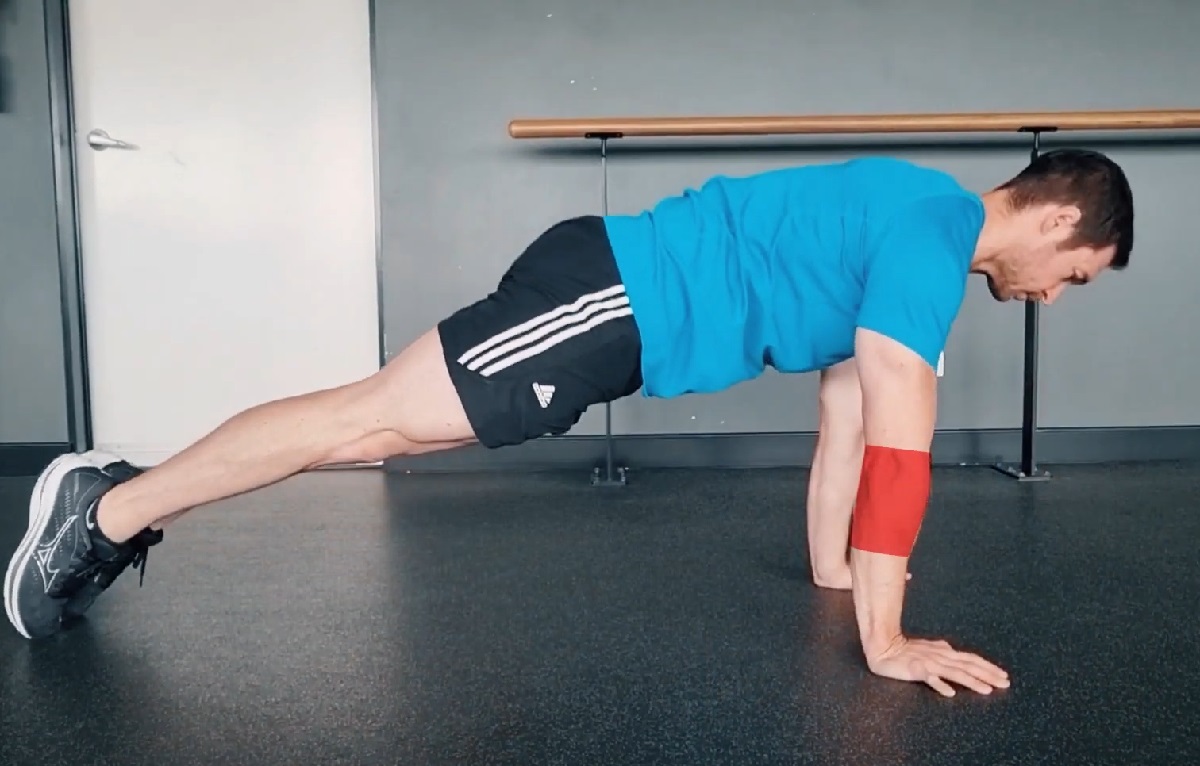
Hitting the gym five to six times a week without giving your body enough recovery time can backfire. Repetitive strain leads to tiny tears in the tendons, which, if not allowed to heal, turn into chronic pain.
This issue often affects those who:
- Train with high volume and intensity without balancing with rest
- Perform repetitive upper body movements (push-ups, bench presses, curls, or dips)
- Rely too heavily on isolation exercises, fatiguing the same tendons over and over
3. Poor Form & Grip Issues
Technique matters—a lot. A small adjustment in form can be the difference between pain-free lifting and ongoing discomfort.
- Improper wrist alignment: Wrists that hyperextend or flex excessively during lifts put extra strain on the elbow tendons.
- Death grip on weights: Holding onto a barbell or dumbbell too tightly can fatigue the forearm muscles and lead to unnecessary tension at the elbow joint.
- Elbow positioning: Allowing the elbows to flare out during pressing movements (bench press, overhead press) increases strain and instability.
4. Lack of Mobility and Weak Supporting Muscles
Elbows don’t work alone. Their function depends heavily on the strength and mobility of the shoulders, wrists, and forearms. If one of these areas is tight or weak, the elbow compensates, leading to strain and irritation.
- Tight forearms limit wrist mobility, which in turn places excessive stress on the elbow.
- Weak triceps make pressing movements harder, forcing tendons to bear more load than they should.
- Poor shoulder mobility creates compensations, causing improper movement patterns that impact the elbow.
5. Bursitis (Inflammation of the Bursa Sac)
The bursa is a small fluid-filled sac that cushions joints. Repetitive pressure on the elbow—like constantly leaning on hard surfaces or overusing it in workouts—can lead to bursitis. Swelling and pain at the back of the elbow are common signs of this condition.
How to Fix and Prevent Elbow Pain
No one wants to pause their training because of pain. The good news? Most elbow issues are preventable and fixable with the right approach.
1. Modify Your Workout Routine
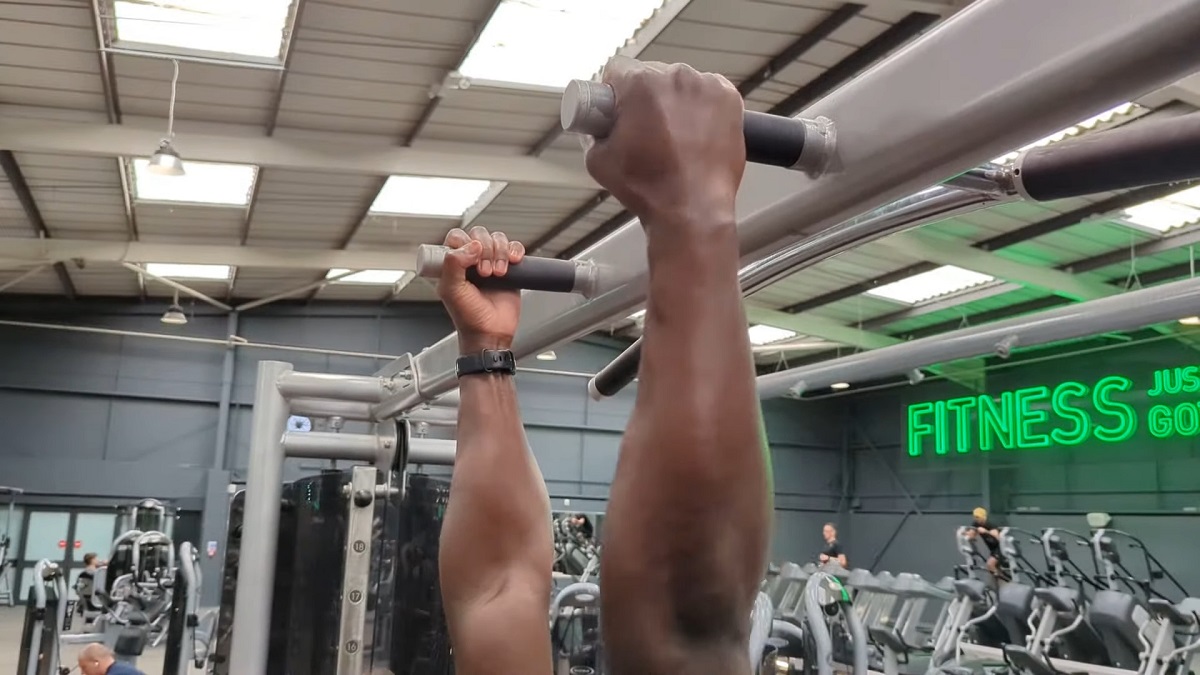
If elbow pain is creeping in, making slight adjustments to your training can make a world of difference. Try:
If standard curls hurt, use a neutral (hammer) grip. If pressing movements cause pain, experiment with a slightly wider or narrower grip.
Instead of muscling through pain, drop the weight and ensure proper movement mechanics.
Swap out exercises that strain the elbow. If barbell curls hurt, switch to resistance bands or dumbbells.
2. Strengthen the Supporting Muscles
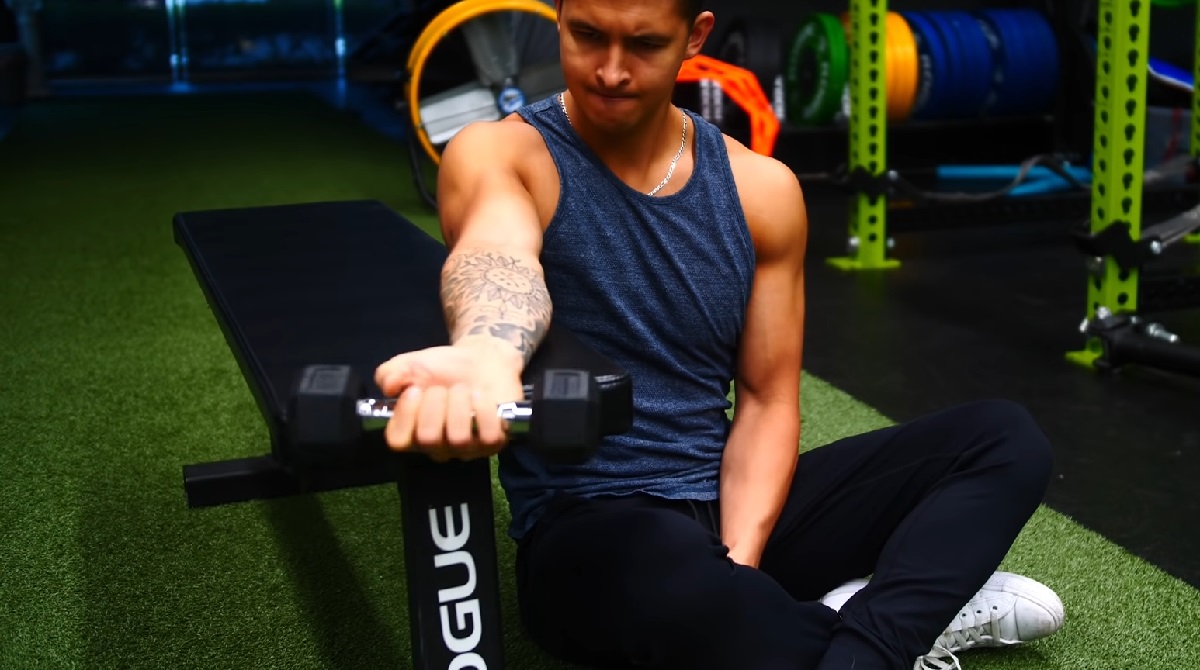
Building resilience in the forearms, triceps, and shoulders takes pressure off the elbow joint. Add these to your routine:
- Forearm strengthening:
- Wrist curls (both flexion and extension)
- Farmer’s carries
- Reverse wrist curls
- Triceps strengthening:
- Close-grip push-ups
- Rope triceps extensions
- Overhead dumbbell triceps extensions
- Shoulder mobility work:
- Shoulder external rotations
- Banded pull-aparts
- Wall slides
3. Improve Flexibility & Mobility
Tightness in the surrounding muscles can pull on the elbow joint, so stretching and mobility drills should be part of the plan.
Extend one arm in front, palm facing up, and use the other hand to gently pull the fingers down. Hold for 30 seconds.
Reach one arm overhead, bending at the elbow, and use the opposite hand to pull gently.
Circles, flexion, and extension movements can enhance range of motion.
4. Use Recovery Techniques
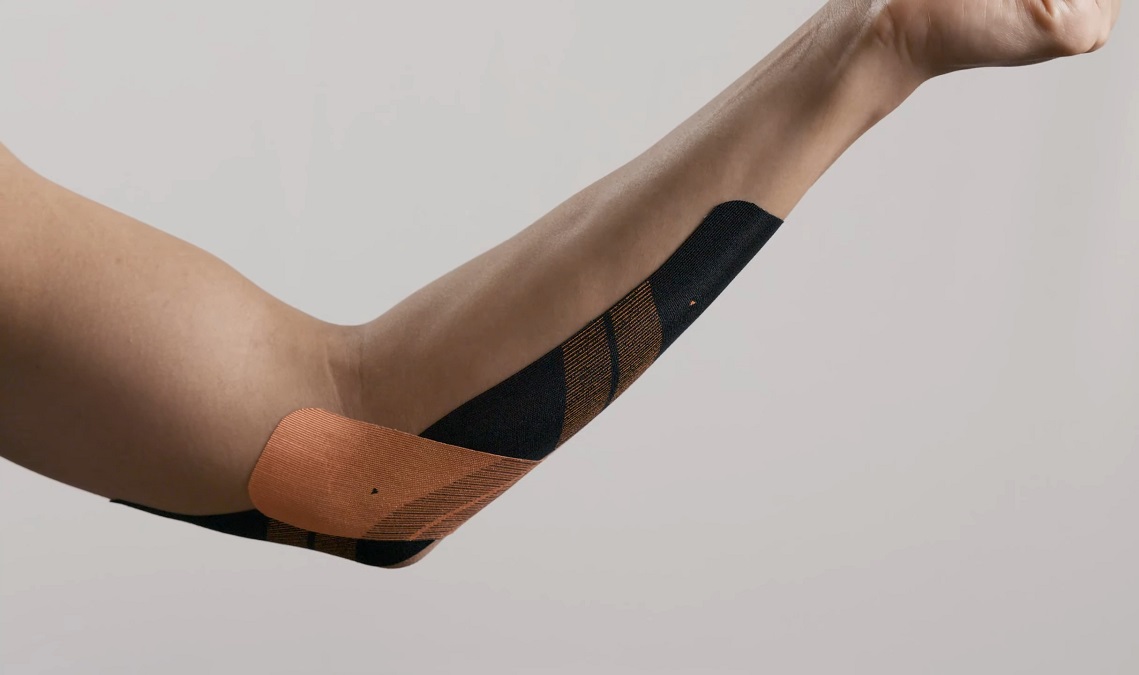
Giving your elbows the care they need ensures they stay pain-free in the long run.
- Ice therapy helps reduce inflammation after workouts.
- Massage and soft tissue work (using a lacrosse ball or foam roller) relieves tight forearms and triceps.
- Kinesiology tape or elbow sleeves provide support and reduce strain during lifting.
5. Consider Adjusting Your Equipment
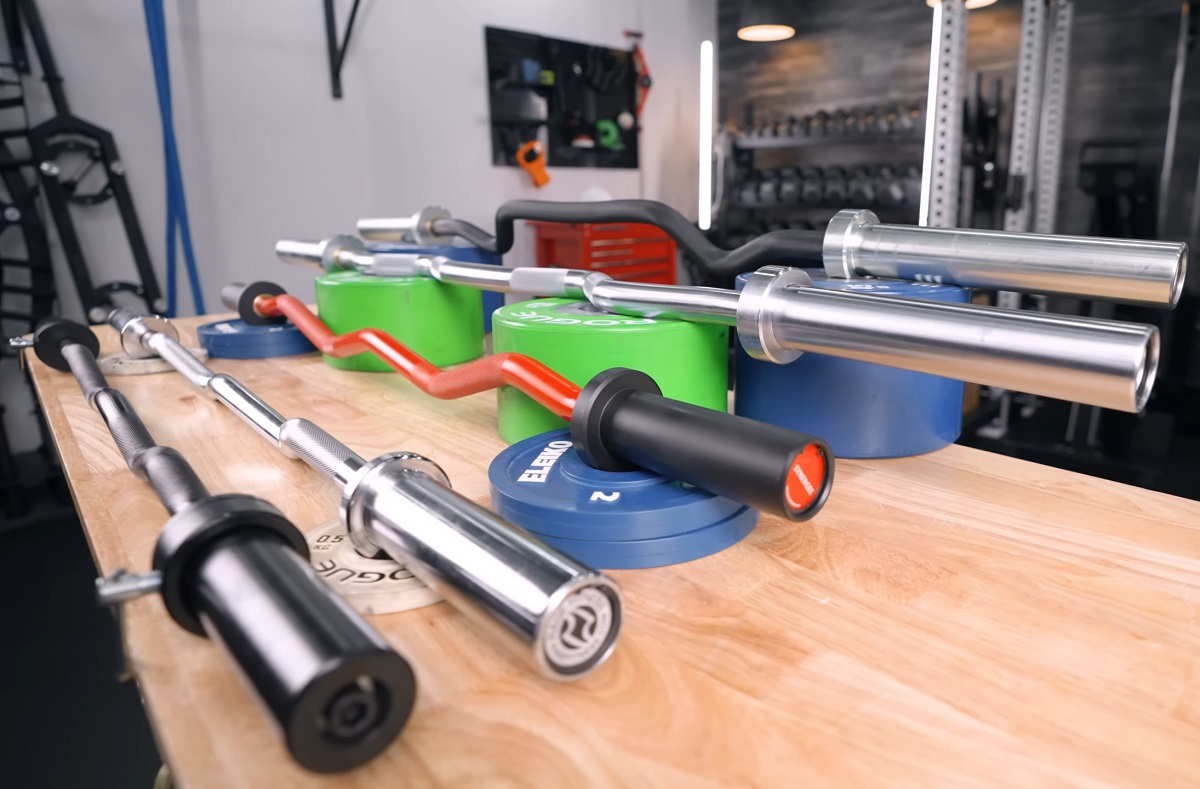
Not all gym equipment is created equal, and some can be rougher on your elbows than others.
- EZ curl bars are gentler on the elbows compared to straight bars.
- Fat grips distribute the load more evenly across the hand, reducing strain.
- Resistance bands provide a more joint-friendly alternative to traditional weights for some movements.
When to See a Professional
Sometimes, self-care isn’t enough. If pain persists despite modifications or if you experience:
- Sharp, stabbing pain
- Swelling and bruising
- Weakness or numbness in the hands and fingers
It might be time to see a physical therapist or sports medicine specialist. Getting the right diagnosis and targeted treatment plan can prevent a minor issue from turning into a chronic problem.
The Bottom Line
Elbow pain can throw a wrench in your fitness routine, but it doesn’t have to be a permanent problem. Adjustments in technique, strengthening weak areas, and prioritizing recovery go a long way in keeping your elbows strong and pain-free. Listen to your body, make smart modifications, and keep training smarter—not harder.
Related Posts:
- When Epsom Salt Baths Fail - Real Solutions for Deep…
- How Long Does It Take for Muscles to Recharge During…
- Calf Muscle Strains - Symptoms, Causes, and Recovery…
- Workout Nausea Explained: Causes and Prevention Tips
- How Working Moms Can Squeeze in Workouts During a Busy Day
- How to Modify Exercises During Your Period (Without…








